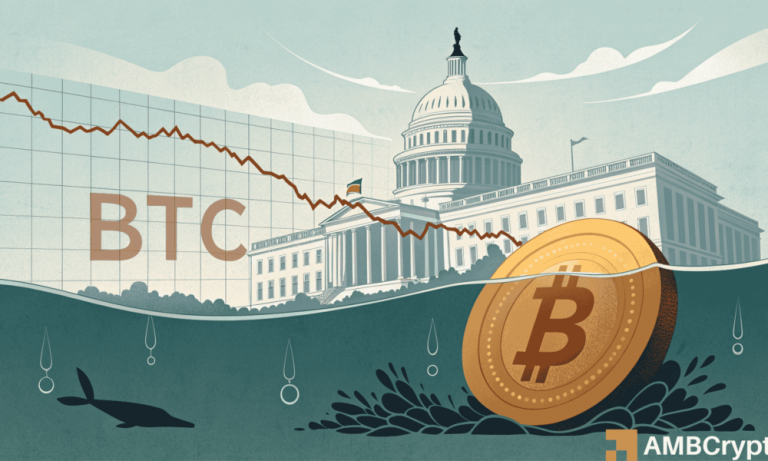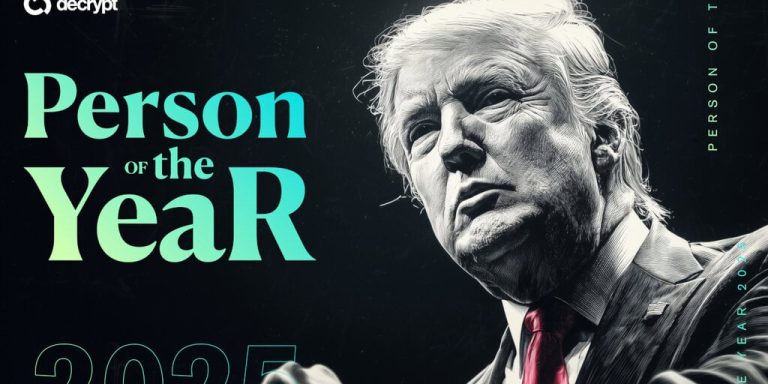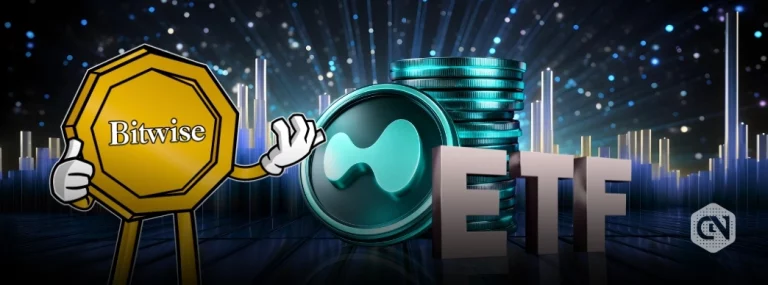
Understanding Operation Chokepoint 2.0
Operation Chokepoint 2.0 has re-ignited debates in the cryptocurrency industry, with critics claiming it unfairly targets blockchain firms. This initiative is designed to restrict these firms’ access to banking services, creating significant hurdles for the growing digital asset market.
The Controversy Around JPMorgan & Jack Mallers
One prominent instance of this controversy involved JPMorgan. The financial giant closed the accounts of Jack Mallers, CEO of Strike, a bitcoin payment platform, citing ‘concerning activity’ during routine reviews. However, no additional details were provided, sparking criticism from cryptocurrency advocates.
Mallers, an outspoken supporter of cryptocurrencies, questioned JPMorgan’s decisions. Industry experts argue that this continues to damage public trust in both traditional banking institutions and their readiness to embrace blockchain innovation.
A Call for Leadership in Digital Innovation
U.S. Senator Cynthia Lummis has been a vocal critic of policies like Operation Chokepoint 2.0. She asserts that these strategies hinder America’s ability to lead in the rapidly growing digital financial sector. “We are pushing innovation out of the U.S. with policies like this,” Lummis said, emphasizing the risk of driving blockchain pioneers to more crypto-friendly nations.
To support the industry’s growth, banking institutions and policymakers need to foster environments where digital assets can thrive. Senator Lummis advocates for halting Operation Chokepoint 2.0 to establish the U.S. as a hub for blockchain technology and innovation.
JPMorgan’s Approach to Cryptocurrency
Interestingly, despite its criticisms of cryptocurrency, JPMorgan has explored blockchain technology and has even launched its own stablecoin, JPM Coin. This highlights the complex and often contradictory relationships financial giants have with digital assets.
While JPMorgan remains wary about cryptocurrencies as an asset class, blockchain technology and stablecoin adoption demonstrate a level of recognition for the utility of decentralized solutions. However, critics urge large financial institutions to evolve their positions on digital finance to align with increasing global demand.
Product Highlight: Ledger Nano X
If you’re a cryptocurrency enthusiast looking for secure storage for your digital assets, consider the Ledger Nano X. This hardware wallet provides unmatched security, supports multiple cryptocurrencies, and helps you maintain full control over your investments, especially in an uncertain regulatory environment for crypto firms.
Conclusion
Operation Chokepoint 2.0 and JPMorgan’s approach to cryptocurrency highlight the challenges the industry faces today. As the U.S. walks the fine line between innovation and regulation, fostering an environment of growth is essential. Policies must adapt to secure the country’s leadership in digital finance and avoid losing groundbreaking opportunities to global competitors.



